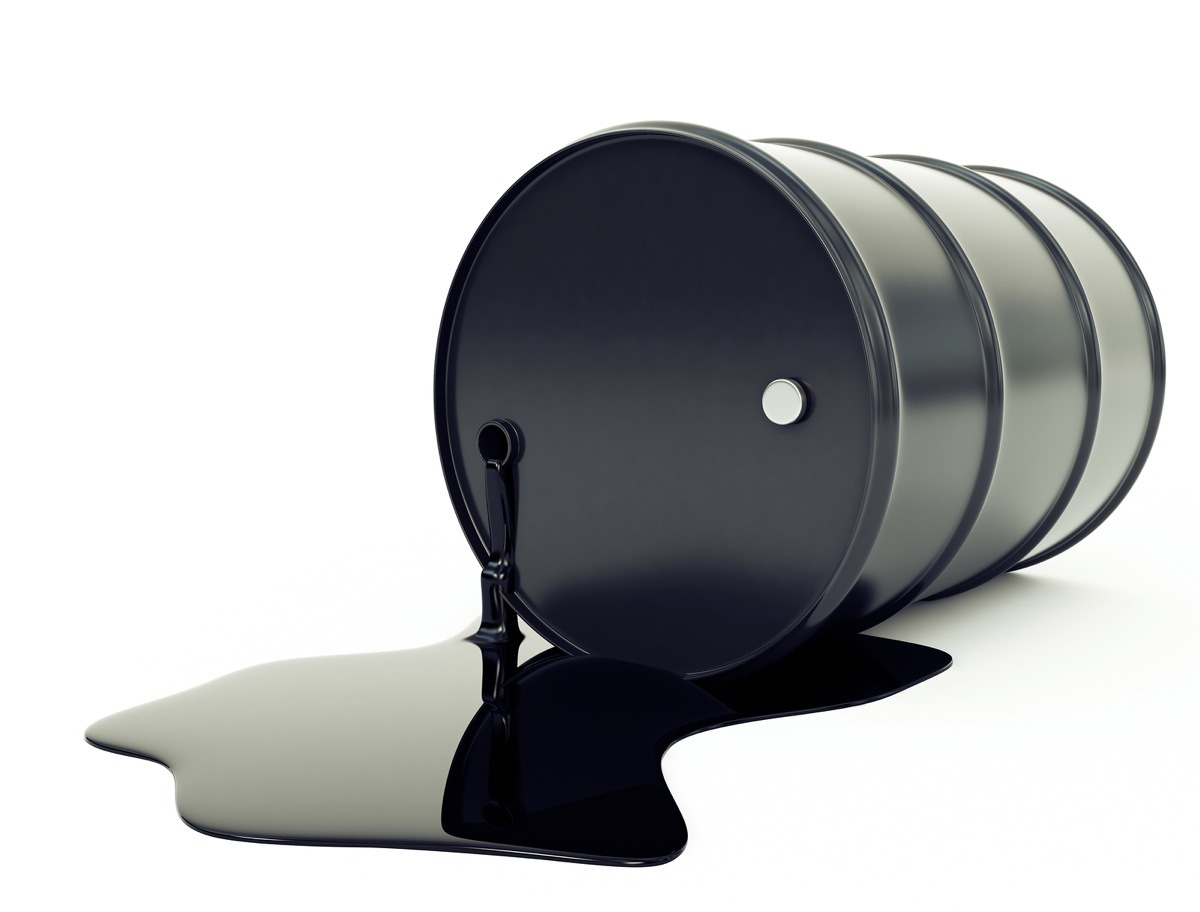The crude oil trade thus far in 2015 has been a textbook example of the way we employ commercial trader activity to the commodity markets. Commercial traders in the crude oil market were relatively nonplussed about the market's decline through the end of 2014. Time progresses, and as the market built its base and forward demand for summer gasoline blends from refiners began to take shape, their purchases quickly dominated the playing field and pushed the market higher through spring. However, I believe the bigger story is the dramatic forward selling by the commercial drillers who clearly believe this rally will be short-lived.
Before moving to the current situation in the market, I'd like to take a second to show how disconnected the recent rally is from the headline data being reported. Take note of the Energy Information Agency's, " Summary of Weekly Petroleum Data" included in its entirety.
Summary of Weekly Petroleum Data for the Week Ending June 5, 2015 U.S. crude oil refinery inputs averaged 16.6 million barrels per day during the week ending June 5, 2015, 169,000 barrels per day more than the previous week’s average. Refineries operated at 94.6% of their operable capacity last week. Gasoline production increased last week, averaging 10.0 million barrels per day. Distillate fuel production increased last week, averaging 5.1 million barrels per day.
U.S. crude oil imports averaged over 6.6 million barrels per day last week, down by 750,000 barrels per day from the previous week. Over the last four weeks, crude oil imports averaged about 7.0 million barrels per day, 2.3% below the same four-week period last year. Total motor gasoline imports (including both finished gasoline and gasoline blending components) last week averaged 666,000 barrels per day. Distillate fuel imports averaged 181,000 barrels per day last week.
U.S. commercial crude oil inventories (excluding those in the Strategic Petroleum Reserve) decreased by 6.8 million barrels from the previous week. At 470.6 million barrels, U.S. crude oil inventories remain near levels not seen for this time of year in at least the last 80 years. Total motor gasoline inventories decreased by 2.9 million barrels last week, but are in the upper half of the average range. Finished gasoline inventories increased while blending components inventories decreased last week. Distillate fuel inventories increased by 0.9 million barrels last week and are in the middle of the average range for this time of year. Propane/propylene inventories rose 1.7 million barrels last week and are well above the upper limit of the average range. Total commercial petroleum inventories decreased by 0.6 million barrels last week.
Total products supplied over the last four-week period averaged over 19.7 million barrels per day, up by 5.1% from the same period last year. Over the last four weeks, motor gasoline product supplied averaged 9.4 million barrels per day, up by 3.8% from the same period last year. Distillate fuel product supplied averaged over 3.9 million barrels per day over the last four weeks, down by 1.7% from the same period last year. Jet fuel product supplied is up 8.7% compared to the same four-week period last year.
I understand that there may be some product tightness but, any market that includes the supply line phrase, "U.S. crude oil inventories remain near levels not seen for this time of year in at least the last 80 years." simply can't be that tight. Furthermore, the anticipated draw down due to forward production cuts should have a minimal impact on oil already in the system. The short version of the hyperbole surrounding this market is that we are still bearish based on the actions of the people who control the supply and demand of the crude oil coming out of the ground and going to the refiners.
The collective actions of the commercial traders determine which side of the market we'll play. When we published, "Crude Oil Spike - a Selling Opportunity" at the beginning of last month we focused on the same methodology and sent out a COT Sell signal on May 8th and used the swing high at $63.62 created on May 6th as our protective stop point. The market fell as far as $56.50 before establishing the sideways action we're currently seeing. We updated the chart we posted on May 5th, below.

The recent rally has pushed the market through the resistance of the channel that the market had been building. The test of $62 per barrel brought us back to our original selling point. Breaching this level could provide a better entry point for our next short crude oil trade as this formation provides a technical objective around $66 per barrel. However, it's important to remember that bullish technical formations rarely reach their target when the fundamentals are bearish which, the commercial trader action confirms.
Click below for a free 30-day trial of our nightly Discretionary COTSignals email.







